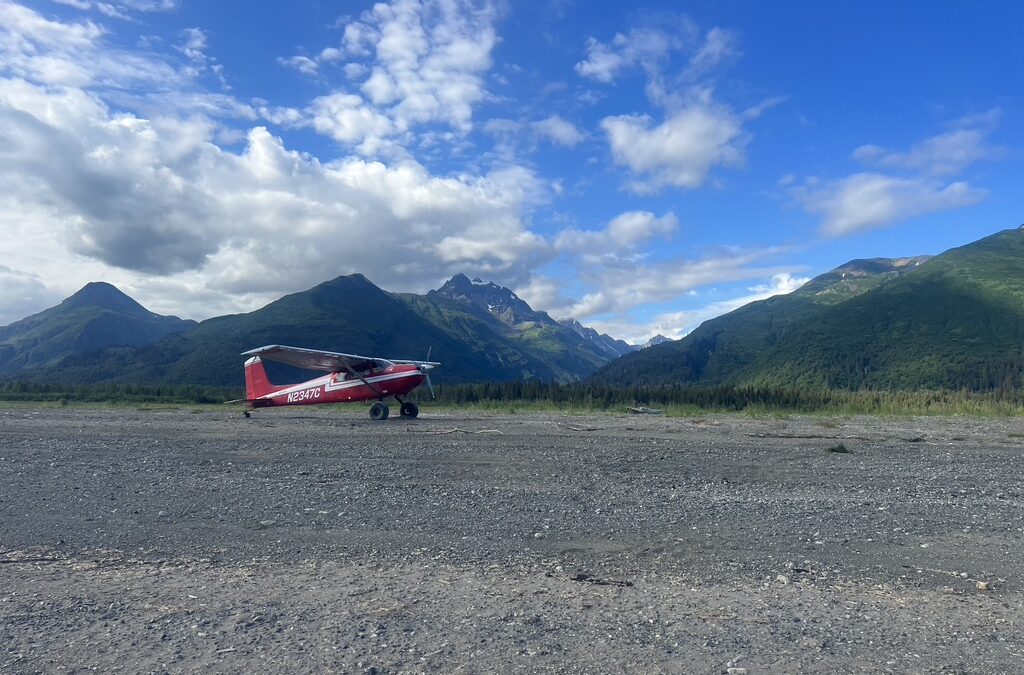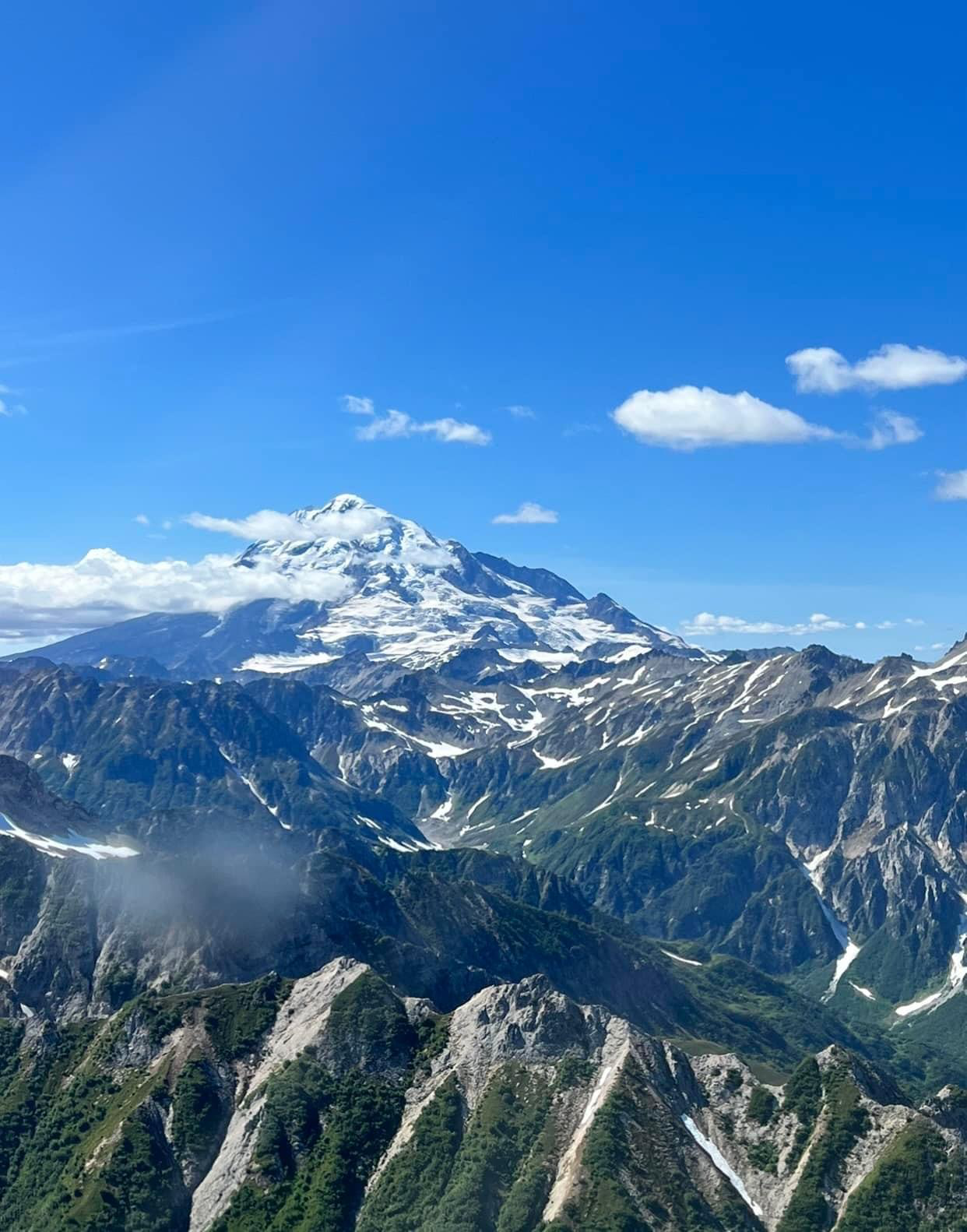Alaska’s pristine wilderness isn’t just about breathtaking views—it’s also a photographer’s dream come true. If you’re passionate about wildlife photography and have ever wondered how to capture that perfect shot of a brown bear against the backdrop of Alaska’s rugged landscapes, then bear viewing flights could be your secret weapon. In this comprehensive guide, we’re diving deep into the world of wildlife photography on Alaskan bear viewing flights. We’ll cover everything from the unique challenges and opportunities of aerial photography to expert tips, recommended gear, and real-world strategies for capturing that iconic moment.
Whether you’re an amateur photographer or a seasoned pro looking to enhance your portfolio, this guide will equip you with the insights you need to master your craft while soaring above Alaska’s wild frontier.
Why Choose Bear Viewing Flights for Wildlife Photography?
Aerial Perspectives Like No Other
Bear viewing flights offer a perspective that ground-based photography simply can’t match. When you’re high above Alaska’s expansive wilderness, the view is not only panoramic but also filled with unexpected angles and natural compositions. Imagine capturing the shimmering reflection of a glacier in a remote lake or framing a bear as it ambles along a rugged coastline. The combination of altitude, lighting, and vast landscapes creates a dynamic canvas for your photography.
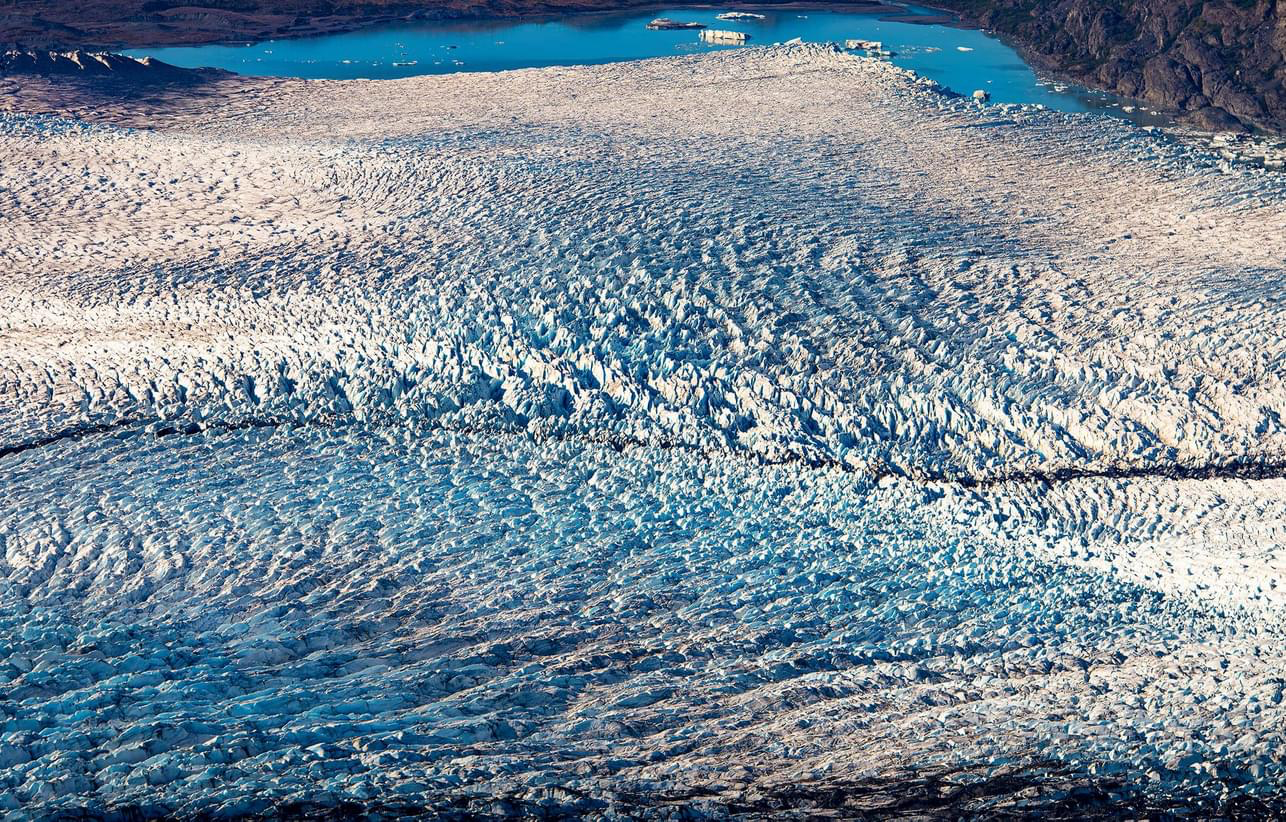
Key Benefits:
- Unique Angles: The aerial view allows for dramatic, wide-angle compositions that showcase the scale of Alaska’s wilderness.
- Access to Remote Locations: Many of the best wildlife scenes, including bear activity near salmon streams, occur in areas that are hard to reach by foot. Bear viewing flights can take you right into the heart of these pristine environments.
- Changing Light and Weather: Alaska’s weather can be unpredictable. This means ever-changing light conditions, which can be a blessing for photographers who know how to work with natural light to create stunning images.
The Synergy of Flight and Photography
On a bear viewing flight, you’re not just a passenger—you’re an active participant in a visual adventure. The constant motion of the aircraft, combined with the vast, unspoiled scenery below, demands that you adapt quickly. This environment forces you to think on your feet, experiment with your angles, and capture moments that are both fleeting and extraordinary.
The experience itself can be transformative. Many photographers say that the thrill of flying above Alaska makes them more attentive, creative, and willing to try unconventional techniques. Plus, the expert commentary provided by pilots often gives you additional context about the wildlife behaviors and natural landmarks below, which can inspire your compositions even further.
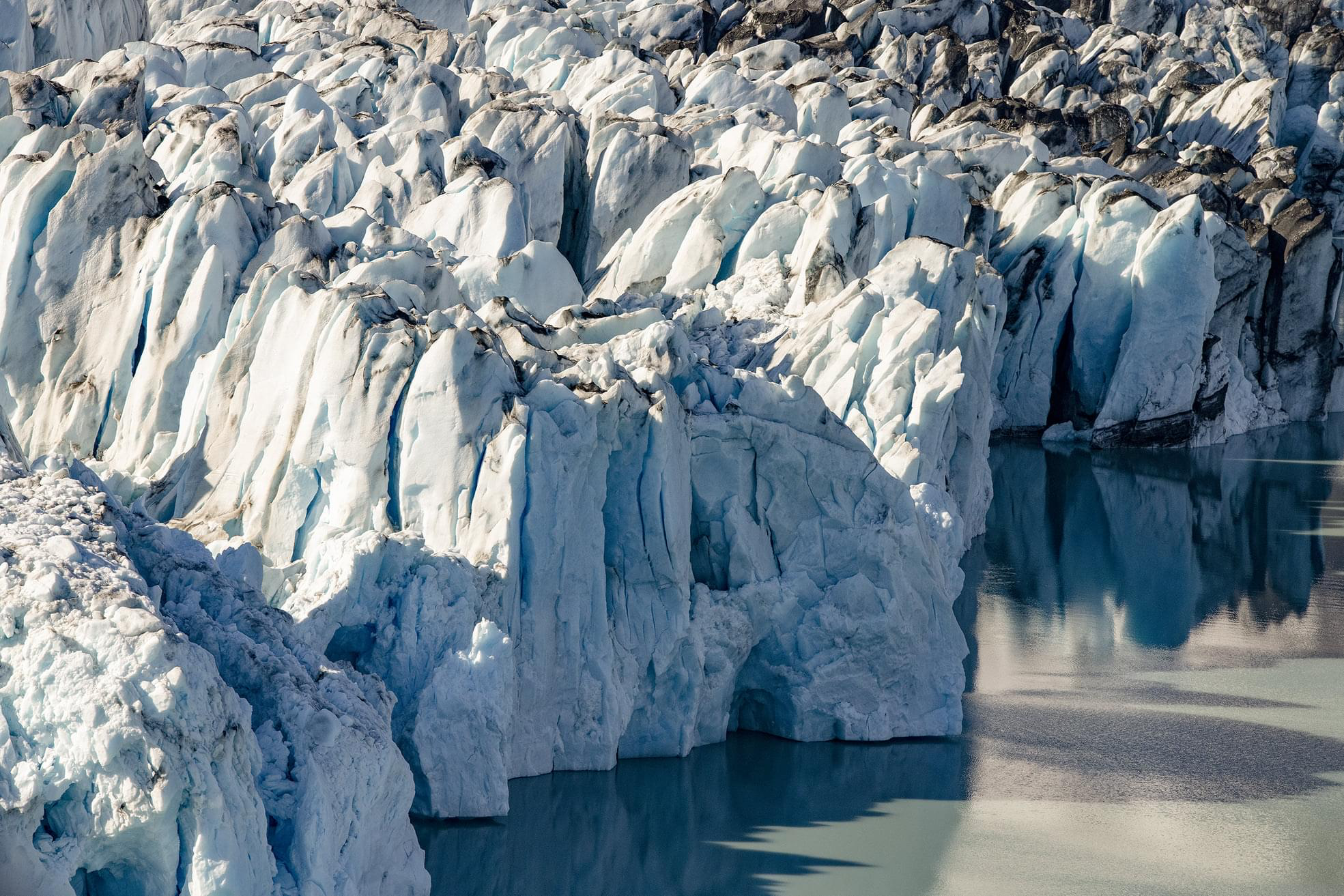
Planning Your Photography-Focused Bear Viewing Flight
Booking the Right Flight and Tour Operator
When planning your bear viewing flight for photography purposes, research becomes your best friend. Not all flights are created equal, and some operators are more geared toward photographers than others. Look for companies that highlight their unique vantage points or offer pre-flight briefings specifically tailored for photography enthusiasts.
Tips for Booking:
- Do Your Research: Read reviews and forums where photographers share their experiences. Look for testimonials that mention great photo opportunities and responsive pilots.
- Ask Questions: Don’t hesitate to reach out to the operators and inquire about the flight routes, altitude ranges, and how much time you’ll have for photo stops.
- Consider Flexibility: Since weather conditions can change, choose an operator known for their flexible scheduling and contingency plans. This way, if you miss an ideal lighting window, there may be opportunities to adjust your flight plan.
Timing is Everything
Timing your flight can be as critical as choosing the right gear. Bear viewing flights typically operate best during Alaska’s peak summer months, from June to September. This period offers longer daylight hours and optimal bear activity—especially when salmon runs are in full swing.
Best Times to Fly:
- Early Morning: The soft, diffused light of sunrise can add a magical quality to your photos. Morning flights often offer serene conditions and less wind, leading to smoother aircraft rides.
- Late Afternoon: As the sun begins to set, the warm hues and elongated shadows create a dramatic backdrop perfect for wildlife silhouettes and landscapes.
- Mid-Season: Late June through early August can offer the best compromise between favorable weather conditions and peak wildlife activity.
Essential Photography Gear for Bear Viewing Flights
Cameras and Lenses
For wildlife photography, especially from a moving aircraft, gear is everything. Your camera should be capable of fast shutter speeds and high ISO performance to deal with rapidly changing light conditions.
Gear Recommendations:
- DSLR or Mirrorless Camera: Choose a model with robust autofocus and burst shooting capabilities. High resolution isn’t always necessary, but reliability in low-light conditions is.
- Telephoto Lens: A lens with a focal length of 300mm or more is ideal for capturing detailed shots of bears and other wildlife. Consider a lens with image stabilization to counteract the movement of the aircraft.
- Wide-Angle Lens: For capturing expansive landscapes and aerial views, a wide-angle lens is a must-have. It helps in conveying the scale of Alaska’s terrain.
Accessories for Aerial Photography
When you’re flying over the wild, every second counts. The right accessories can make a big difference in ensuring you capture that perfect shot.
Must-Have Accessories:
- Tripod or Monopod: While not always practical on a moving aircraft, a compact, portable monopod can help steady your camera during those moments of stillness.
- Extra Batteries and Memory Cards: Cold weather can drain battery life faster, so pack plenty of extras. Ensure you have ample storage for a full day of shooting.
- Lens Cleaning Kit: Dust, moisture, and condensation can be a challenge in Alaska’s rugged environment. A quick lens cleaning kit can be a lifesaver.
- Remote Shutter Release: This accessory can help reduce camera shake and ensure crisp, clear images, especially when you’re taking burst shots of moving subjects.
Editing Software
Once you’ve captured your aerial masterpiece, post-processing is where you can bring out the best in your photos. Software like Adobe Lightroom or Photoshop is essential for adjusting exposure, contrast, and color balance to match the natural beauty of Alaska.
Techniques for Capturing Stunning Aerial Wildlife Photos
Mastering the Art of Composition
When you’re dealing with expansive wilderness, composition is key. The rule of thirds, leading lines, and negative space can transform an ordinary photo into an extraordinary one. In the context of bear viewing flights, think about how to frame both the wildlife and the landscape in a harmonious way.
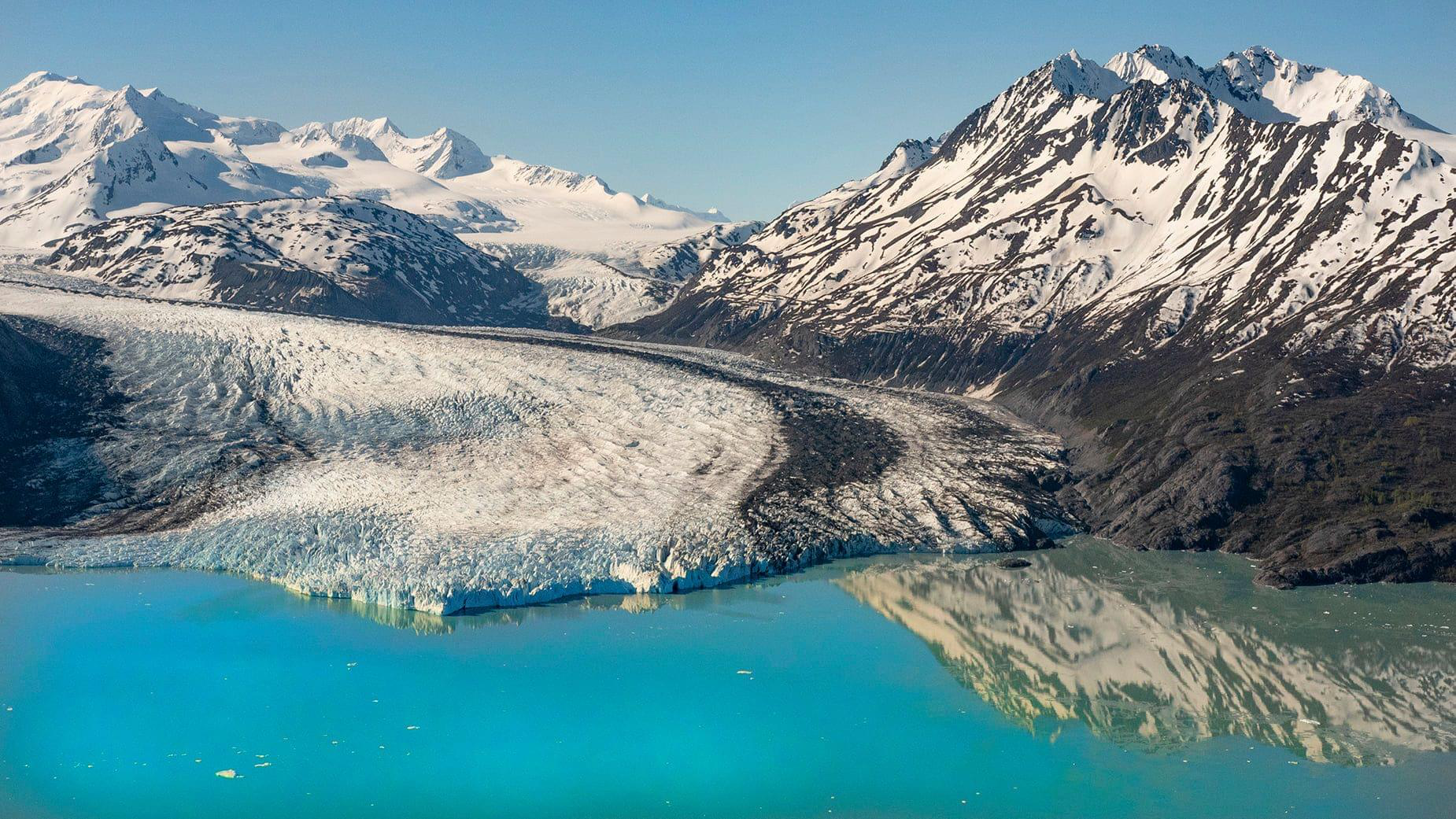
Composition Tips:
- Foreground, Middleground, and Background: Use the different layers of the landscape to add depth to your photos. A bear in the foreground with a vast glacier in the background can create a dramatic sense of scale.
- Motion and Blur: Don’t be afraid to use a slower shutter speed to capture the motion of clouds or the fluidity of a river. Conversely, a fast shutter speed is crucial for freezing a bear in mid-action.
- Golden Hour Magic: Take advantage of the golden hours—just after sunrise and before sunset—to bathe your subjects in warm, soft light. This can add a magical quality to your shots that is hard to replicate during other times of the day.
Dealing with Movement
A moving aircraft can present unique challenges for photography. The constant vibration and motion require a blend of technique and the right equipment to ensure your shots aren’t blurred.
Strategies to Overcome Movement:
- Use Fast Shutter Speeds: To freeze motion, set your camera to a faster shutter speed. This is especially important when photographing fast-moving subjects like bears or when the plane is maneuvering.
- High Burst Mode: Take advantage of your camera’s burst mode to capture multiple frames in quick succession. This increases your chances of getting the perfect shot, even if the moment lasts only a split second.
- Image Stabilization: Both in-camera and lens-based stabilization can help reduce the effects of vibration, ensuring sharper images.
Harnessing Natural Light
Natural light is your best friend when it comes to wildlife photography. However, it can be unpredictable—especially in Alaska. Learn to work with the changing light conditions to your advantage.
Light Management Tips:
- Monitor Cloud Cover: Overcast days can diffuse harsh sunlight, providing even lighting that reduces contrast. This can be perfect for capturing details on a bear’s fur.
- Adjust ISO and Aperture: Don’t be afraid to tweak your camera settings to adapt to different lighting conditions. A higher ISO can compensate for lower light, but be mindful of noise levels.
- Backlighting Techniques: Shooting with the sun behind your subject can create stunning silhouettes and enhance textures. Experiment with backlighting to add drama to your wildlife photos.
Real-World Examples: Learning from the Experts
Lessons from Professional Wildlife Photographers
There are countless professional wildlife photographers who have mastered the art of aerial photography. Their work can serve as both inspiration and a learning tool for aspiring photographers.
Example Techniques:
- National Geographic Photographers: Many photographers working with National Geographic have shared their tips on capturing wildlife in extreme conditions. Their images often feature dynamic compositions that tell a story about the animal’s habitat. For more inspiration and techniques, check out articles on National Geographic .
- Environmental Photojournalism: Documenting wildlife in their natural habitats requires both technical skill and a deep respect for nature. Learn how to tell a story through your images—whether it’s the dramatic chase of a bear or the quiet majesty of a glacier.
Behind the Lens: A Day in the Life of a Bear Viewing Flight Photographer
Imagine boarding a small floatplane on a crisp Alaskan morning, the engine’s hum mixing with the anticipation of the day ahead. As you lift off, your heart races in sync with the aircraft. You adjust your camera settings while the pilot points out a cluster of brown bears near a river. This blend of adrenaline, technical skill, and raw natural beauty is what drives so many photographers to chase these fleeting moments.
During the flight, you experiment with different angles and shutter speeds, capturing everything from the broad landscapes to intimate portraits of wildlife. You learn to anticipate the unpredictable—when a bear might pause to fish, or when a break in the clouds reveals a hidden glacier bathed in golden light. These experiences not only enhance your portfolio but also deepen your appreciation for the untamed wilderness of Alaska.
Ethical Considerations in Wildlife Photography
Balancing Art and Conservation
While the thrill of capturing that perfect shot is undeniable, ethical wildlife photography should always come first. The safety and well-being of the animals, as well as the preservation of their natural habitats, are paramount.
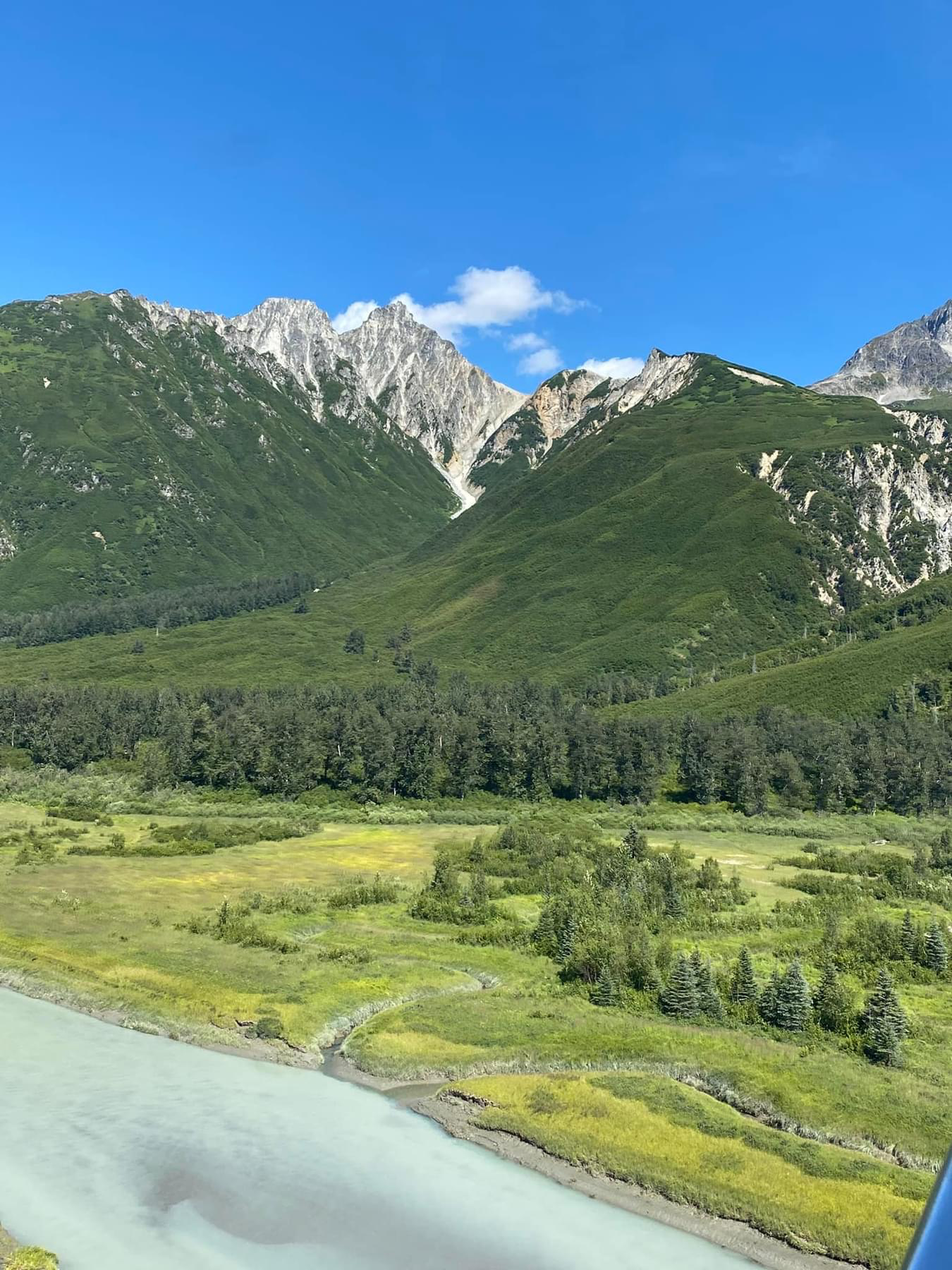
Best Practices for Ethical Photography:
- Maintain a Respectful Distance: Even when the camera’s lens can zoom in, it’s important to keep a physical distance from the wildlife. Let the animals behave naturally without interference.
- Avoid Disturbance: Do not use flash photography or sudden movements that might startle or stress the animals.
- Follow Guidelines: Always adhere to the safety and interaction protocols provided by your tour operator and local wildlife experts. This ensures both your safety and the welfare of the animals.
- Share Your Story Responsibly: When posting your photos, include context about the importance of conservation and ethical wildlife practices. This not only educates your audience but also promotes sustainable tourism.
For more in-depth information on ethical wildlife photography, check out guidelines from organizations like the World Wildlife Fund .
Post-Flight: Editing and Sharing Your Photos
The Art of Post-Processing
The work doesn’t end once the flight is over. Post-processing is where you can refine your images and bring out the best in your photos. Use editing software like Adobe Lightroom or Photoshop to adjust brightness, contrast, and color balance. Be careful not to over-edit—aim to preserve the natural beauty of the scene while enhancing its visual impact.
Editing Tips:
- Adjust Exposure Carefully: Highlight the natural contrasts between the bright Alaskan skies and the darker wilderness below.
- Enhance Details: Use sharpening tools to bring out the texture in a bear’s fur or the intricate patterns of the landscape.
- Maintain Authenticity: Your goal should be to enhance the image while keeping it true to the moment you witnessed. Authenticity resonates more with viewers and tells a more compelling story.
Sharing Your Journey
Once you’re satisfied with your edits, consider how you’ll share your work with the world. Social media, photography blogs, and online galleries are all great platforms. Engage with the community by sharing behind-the-scenes stories, technical tips, and the conservation message that underpins your work. Your photos can inspire others to appreciate and protect Alaska’s wilderness.
Final Thoughts: Embrace the Journey and Inspire Others
Wildlife photography on bear viewing flights is about more than just capturing images—it’s about embracing a unique perspective on nature and sharing that vision with others. The blend of high-altitude adventure, technical challenges, and raw natural beauty creates a dynamic environment that pushes you to be creative, resourceful, and respectful of the wild.
Whether you’re capturing the majestic stride of a brown bear, the subtle play of light on a glacier, or the expansive beauty of Alaska’s untamed landscape, every shot is a testament to the incredible synergy between nature and art. With careful planning, the right gear, and an ethical approach, you can transform your bear viewing flight into a canvas for unforgettable stories.
As you embark on your next Alaskan adventure, remember these key takeaways:
- Preparation is Key: Research your tour operator, plan for the best lighting conditions, and pack the essential gear.
- Stay Flexible and Adapt: Embrace the unpredictable nature of wildlife and weather. Some of the best shots come from spontaneous moments.
- Respect Nature: Ethical photography practices not only ensure the safety of wildlife but also contribute to the preservation of Alaska’s wild beauty.
- Tell Your Story: Use your photography to educate and inspire. Every image is an opportunity to share the wonder of Alaska and the importance of conservation.
So, if you’re ready to take your wildlife photography skills to new heights, consider booking a bear viewing flight. Capture the splendor of Alaska from a vantage point that few ever experience and let your photos tell the story of one of Earth’s last great wildernesses.
Embrace the adventure, push your creative boundaries, and let every click of your shutter be a celebration of Alaska’s untamed spirit. Happy shooting, and may your journey be as epic as the landscapes you capture!
Ready for an Unforgettable Adventure? Book Now with Alaska Bear View!
Your ultimate Alaskan experience awaits—don’t miss out on the chance to soar above breathtaking wilderness and witness nature like never before. It’s time to take the leap and book your flight with Alaska Bear View today!
Book Now: Secure Your Flight
Explore our amazing photo and video gallery to get a taste of what’s in store: Photos & Video Gallery
Have questions or ready to chat? Call us at 907-830-4968!
Your adventure in the wild Alaskan skies is just one click away—book now and start your journey with Alaska Bear View!
This guide on wildlife photography during Alaskan bear viewing flights is designed to empower you with practical tips, technical insights, and ethical guidelines to help you capture the wild in all its glory. Whether you’re looking to add stunning images to your portfolio or simply share your love for nature with the world, the sky truly is the limit when you combine passion with preparation.
For additional tips and inspiring stories on wildlife photography, be sure to explore more articles on National Geographic and stay informed about conservation efforts with resources from the World Wildlife Fund .
Happy flying and even happier shooting—Alaska is waiting for your unique perspective!

